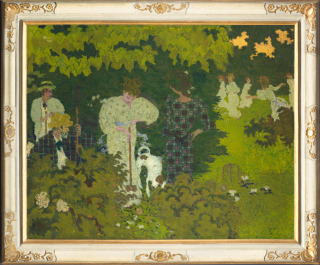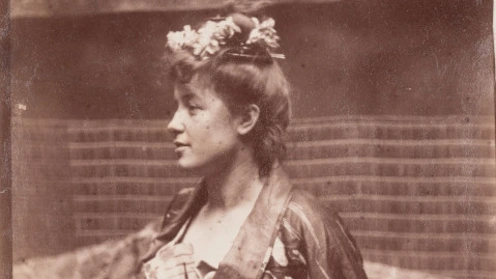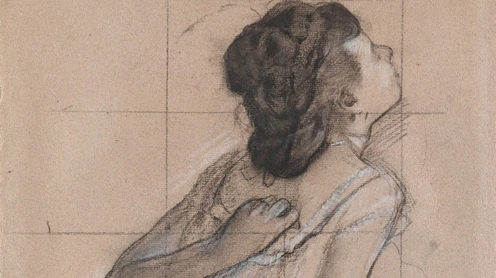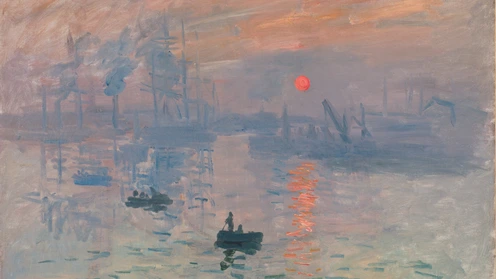Pierre Bonnard (1867-1947), the Eternal Summer

Crépuscule, dit aussi La partie de croquet, en 1892
Musée d'Orsay
Don de Daniel Wildenstein par l'intermédiaire de la Société des Amis du Musée d'Orsay, 1985
© RMN-Grand Palais (Musée d’Orsay) / Hervé Lewandowski
See the notice of the artwork
The exhibition Pierre Bonnard (1867-1947), the eternal summer is on display at the Tokyo National Art Center thanks to works from the Musée d'Orsay collections and loans from Japanese and European museums. This first retrospective dedicated to Bonnard in the last 37 years in Tokyo marks an exceptional event.
Paintings, drawings, posters, lithographs, and photographs provide an insight in to all of Bonnard’s creative periods. Throughout his career, Bonnard painted subjects inspired by his personal life and his favourite holiday destinations: Paris, Normandy and the South of France. His preferred themes included women at their toilette, often posed for by his companion Marthe, in which décor and accessories play a primordial role.
His discovery of the Côte d'Azur in 1909 further stimulated Bonnard’s creativity. It was a true case of love at first sight on his encounter with the landscapes and hedonistic atmosphere of Southern France, which in his mind conjured up images of the antique ideal of Arcadia. His paintings of this region come alive with a myriad of colourful shades that express the lush vegetation and the intensity of the sunlight. This aspect of his work, where he freely expressed himself through colour and monumental formats, earned him the admiration of his contemporaries, such as Matisse, and his place in the hall of fame of the great painters of the 20th century. During the Second World War, Bonnard took refuge in his Mediterranean Eden transfigured over and over again by the lyricism of his palette. It was here that he spent his final days in 1947.
The exhibition is now over.
See the whole program




